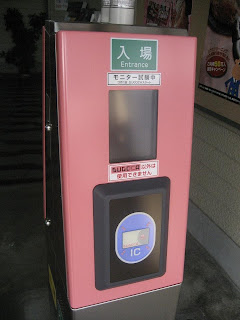
I had not made up my mind whether I opened my score in this TOEIC or not because it was worse than I expected. But, I have decided to do this time to make my target clear.
Now, I have no plan to take part in TOEIC in near future, but next time, I I have to start my study for it, mainly listening test, three month before.
BTW, do you know about "he-no-he-no-mo-he-ji"(へのへのもへじ)?
Now, I have no plan to take part in TOEIC in near future, but next time, I I have to start my study for it, mainly listening test, three month before.
BTW, do you know about "he-no-he-no-mo-he-ji"(へのへのもへじ)?





